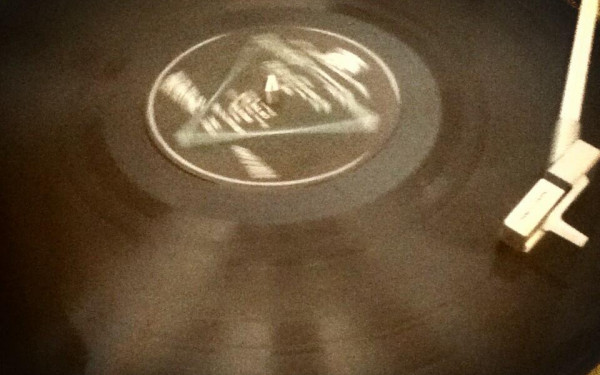Problematic Activism in Angry Inuk: A Critique On Ethical Politics
It is -40 C where you’re standing on a sunny day in Nunavut. From here, you can see two icy fields — you have a detailed view through your binoculars. Upon one landscape is a person dressed in a black coat with a fur lining and seal skin boots. They have a hunting rifle on their back as they step down from their Skidoo.
You shift your lenses over to the other landscape to see a harp seal jump out of the water — it has teary blue eyes and snowy white fur. The image is moving, quaint even, but remember that this is a seal pup and will not be hunted until it is of age. Also, do not assume those tears indicate that the seal is unhappy.
Do you remember Indigenous history or the term “Truth and Reconciliation”? Did you know that in Nunavut, a head of cabbage can cost as much as $28 dollars? The possibility of oil rigs off the coast of Baffin Island looms over the region — precarious labour and environmental threats intertwined. Now, a sustainable means of an income for many Inuit, the seal pelt is but 10 per cent of its worth than in previous years.
The right to survival and an enriching way of life for Inuit people is the central message of Alethea Arnaquq-Baril’s documentary film Angry Inuk. The movie was produced through Arnaquq-Baril’s own company, Unikkaat Studios, which is “focused on producing Inuit cultural documentaries and Inuktitut language productions,” as stated on the official website of the company.
The seeds of Angry Inuk began with the exclusion of Inuit people from the discussions on sealskin bans within Europe. As articulated within her documentary, Arnaquq-Baril shows that living off the land has a much greater impact than ensuring that people are fed. It’s a longstanding tradition within Inuit communities to rely on sealskin as a source of income. The practice has been vehemently denounced by animal rights activists since the 1970s.
While their behaviour seemed altruistic, the activists inadvertently barred Inuit people from the international market. European politicians assumed the sale of sealskin products within the EU was immoral; as a result, bans seemed to be a clear route to take in order to reach the ideal virtuous society. The irony of their actions is a theme that is consistently revisited by Arnaquq-Baril in Angry Inuk.
Concerning developments happening in Canada, Angry Inuk acts as a focused critique on the ideals of these activists. The use of the white coat harp seal, for instance, has caused European nations to disregard the Inuit community in their policies.
Furthermore, the pity and outrage evoked by the image of the harp seal is more lucrative for NGOs than necessary. A CBC radio interview with Paul Watson, the founder of Greenpeace, is featured during a brief segment within the documentary. Watson’s insight implies that those who support animal rights do not fully grasp how their money is spent, nor do they realize the repercussions it incurs.
Currently, global warming and resource extraction jeopardizes the survival of all marine life in the Arctic. Nevertheless, the harp seal is not endangered and the use of the white coat image incites more hatred towards seal hunters, particularly Inuit seal hunters, than proactive involvement in establishing sustainable economic strategies.
However, Arnaquq-Baril and others from the Inuit community repeatedly stress within the film their desire to communicate with the activists. Those who assume that their campaigns were sound have largely chosen to ignore the Inuit population — thus, their own accountability to a people whose concern for the environment is part of their daily life.
The rhetoric of some NGOs, harpseal.org, for instance, claim that “selling seal skin to the EU is not a basic human right.” While the Inuit should be entitled to “subsistence hunting,” to claim that a “ban has infringed upon their rights is nothing short of ridiculous.”
Althought some activist groups seem to portray the Inuit as privileged, that is certainly not the case. Impediments on the market prevent Inuit communities from supporting themselves, leaving few ethical alternatives. Minerals and natural gas may take the place of hunting. Yet, had the Inuit been consulted over forty years ago, you have the sense that their situation would not be so dire.
Angry Inuk // Feb. 16 at 5:45 p.m. and Feb. 17 – 22 at 8:10 p.m. // Cinématheque Québécoise (335 de Maisonneuve Blvd. W.) // $9 for students, children, and elderly OR $12 for general admission

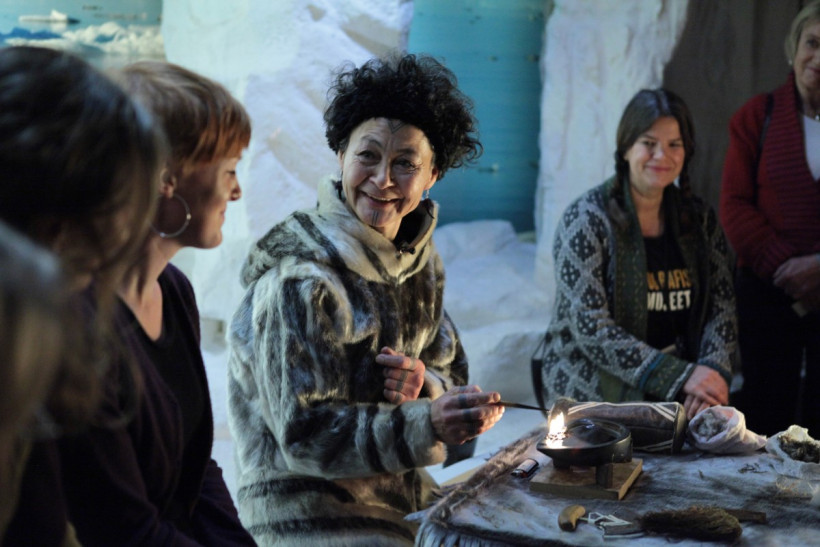
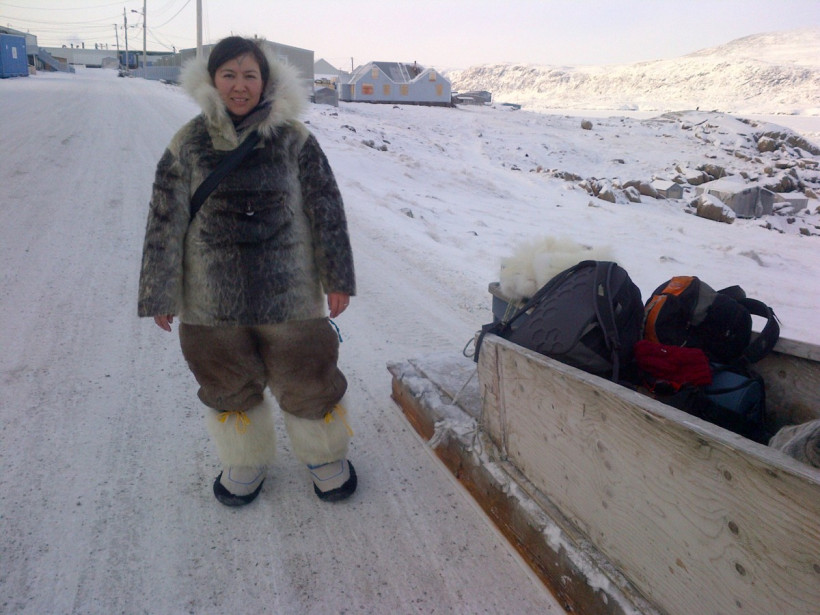
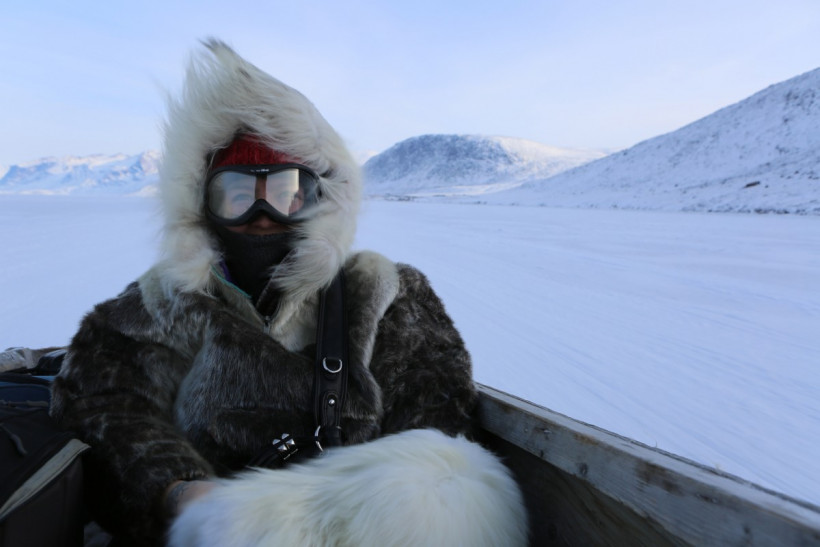
_600_832_s.png)

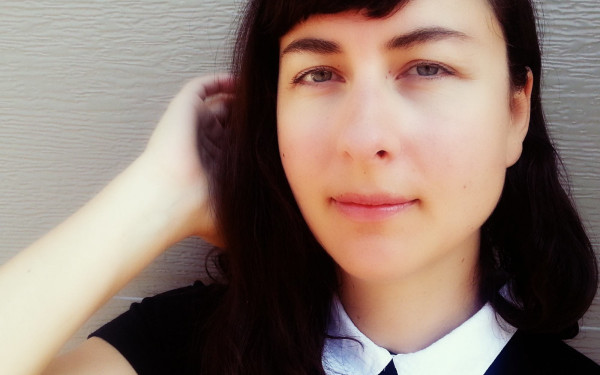
4_600_375_90_s_c1.jpg)
